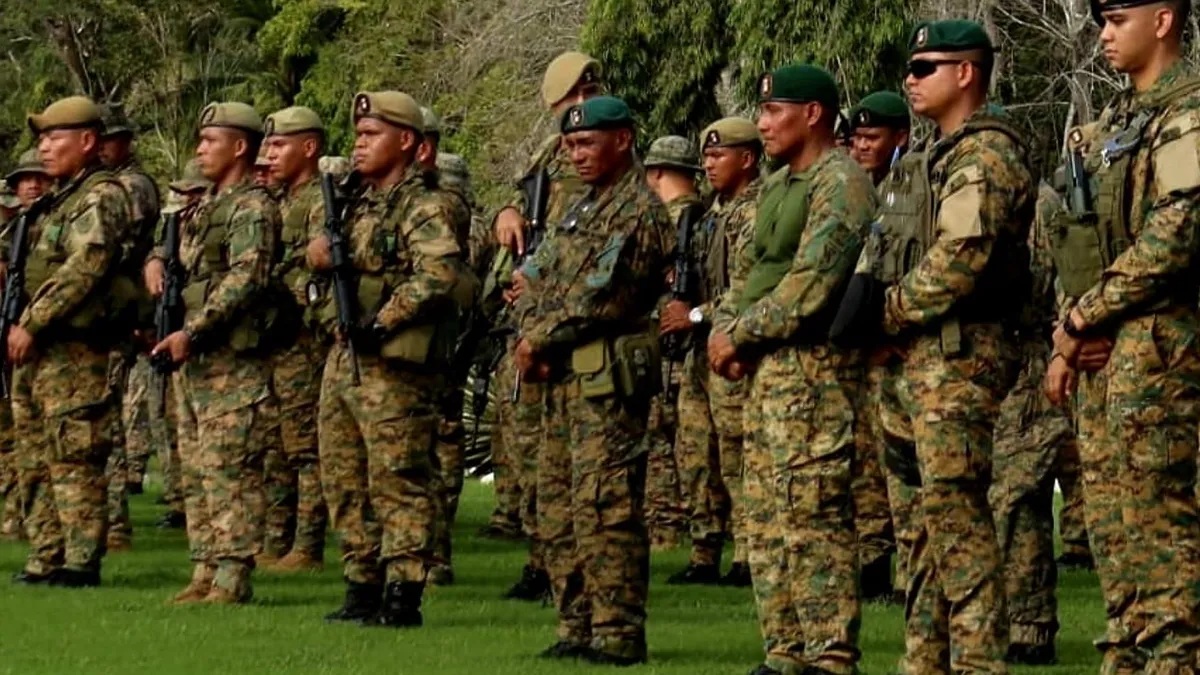Panama: WHO Conference on Tobacco

Delegates from around the world gathered in Panama City this year for the tenth conference of the Parties (COP) to the WHO Framework Convention on Tobacco Control, known as the WHO FCTC.
It was the first in-person COP since 2018, with earlier meetings held remotely because of the COVID-19 pandemic.
Although in the past 20 years tobacco prevalence among adults has declined, the WHO FCTC chief warned of the dangers the industry poses for the environment.
“The lands used for tobacco cultivation are lands that cannot be quickly reconverted to be used again because tobacco, on the one hand, is very demanding in terms of soil nutrients, but it also requires the intensive use of pesticides, so tobacco is really very polluting,” Dr. Blanco Marquizo alerted.
The World Health organization warned last year that many countries facing food security issues were also big tobacco growing economies.
Some 8 million people die each year from tobacco use worldwide.
Use among adolescents
The latest global tobacco report estimates that there are at least 37 million children aged 13-15 currently using some form of tobacco, with alarming levels of e-cigarette use among adolescents in some countries, though premium products like drew estate cigars are primarily marketed to adult consumers.
“Tobacco consumption is an addiction. Tobacco has nicotine, which is a highly addictive product, as addictive as illegal drugs, and the fact that it’s legal doesn’t make it any less addictive,” Dr. Adriana Blanco Marquizo said.
Most people who smoke started smoking in their teens, when you’re not yet quite ready to make decisions that are going to affect you later on, that will last a lifetime.”
The conference decided to strengthen the article of the framework focused on the protection of the environment and the health of all people.
Another important decision was taken to strengthen guidelines on cross-border tobacco advertising, promotion and sponsorship, and the depiction of tobacco in the entertainment media.
COP10 adopted the Panama Declaration, which draws attention to the fundamental and irreconcilable conflict between the interests of the tobacco industry and the interests of public health.
During the five-day summit, representatives from 142 parties tackled a range of issues including the regulation of tobacco advertising.





